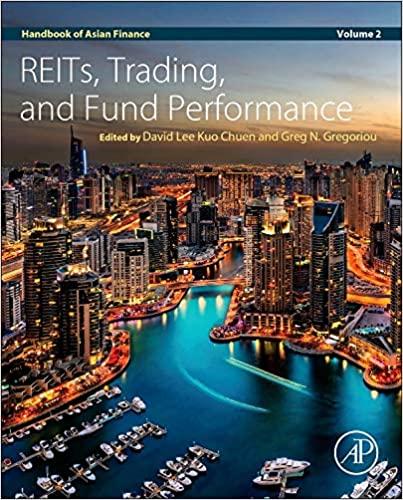Question
Cost-Benefit Analysis Note: Scenario 2 is a separate calculation. Scenario 2 is not influenced by the results of Scenario 1. In doing the following exercise,
Cost-Benefit Analysis
Note: Scenario 2 is a separate calculation. Scenario 2 is not influenced by the results of Scenario 1.
In doing the following exercise, please refer to the discussion in pages 319333 of Chapter 7 from Mikesells Fiscal Administration on cost-benefit and cost-effectiveness analysis. Cost-benefit analysis is a technique that assumes all costs and benefits can have a dollar value attached to them. It is a tool and should not be used as the sole basis for decision making. The result of a calculation is a ratio between costs and benefits. After all other calculations have been made, the analysis needs to conclude with the calculation of the ratio between costs and benefits. If the ratio costs exceed benefits, the project advice is to not accept the project and to consider accepting the project if benefits exceed costs. Consider the following example from the fictitious Swobodavilles efforts to build a Community Windmill Renewable Energy Project. The following has been agreed upon:
Land is already owned. The price of a new is windmill is $150,000. A minimum of 50 windmills are needed to achieve desired efficiency compared to the current coal-burning method.
Staff training costs over three years when considering direct costs, including loss of productive hours while in training, will be $55,000 for each of the 10 specialists to be hired.
The annual operating and maintenance costs of the machine in the three-year period will be $35,000 per windmill.
The cost of shutting down a portion of the coal plant to achieve the same energy production as the windmills is $1,000,000.
Three full-time coal workers will lose their jobs as a result of the transition. Their hourly wage is $35 per hour and they work 2,080 hours annually.
As a widely supported community project with an investment in every aspect of the communitys well being, quality of life expected from reductions in pollution is considered in the cost calculation. The medical center that conducted an analysis has concluded that the value of increased life expectancy should be included as a benefit to the community. The quality of life of 5,000 residents is expected to be increased by an average of dollars over three years. The average benefit of a resident (including all men, women, and children) over a three-year period is estimated to be $1,500.
The three-year savings on other pollution damage to buildings and grounds, calculated by the Sierra Club, is $7,000,000.
Scenario 2 tasks:
Calculate the cost-benefit ratio.
Explain whether the ratio is positive or negative.
If positive, explain if you would replace a portion of the coal-burning operation or the whole operation? Why or why not?
Step by Step Solution
There are 3 Steps involved in it
Step: 1

Get Instant Access to Expert-Tailored Solutions
See step-by-step solutions with expert insights and AI powered tools for academic success
Step: 2

Step: 3

Ace Your Homework with AI
Get the answers you need in no time with our AI-driven, step-by-step assistance
Get Started


